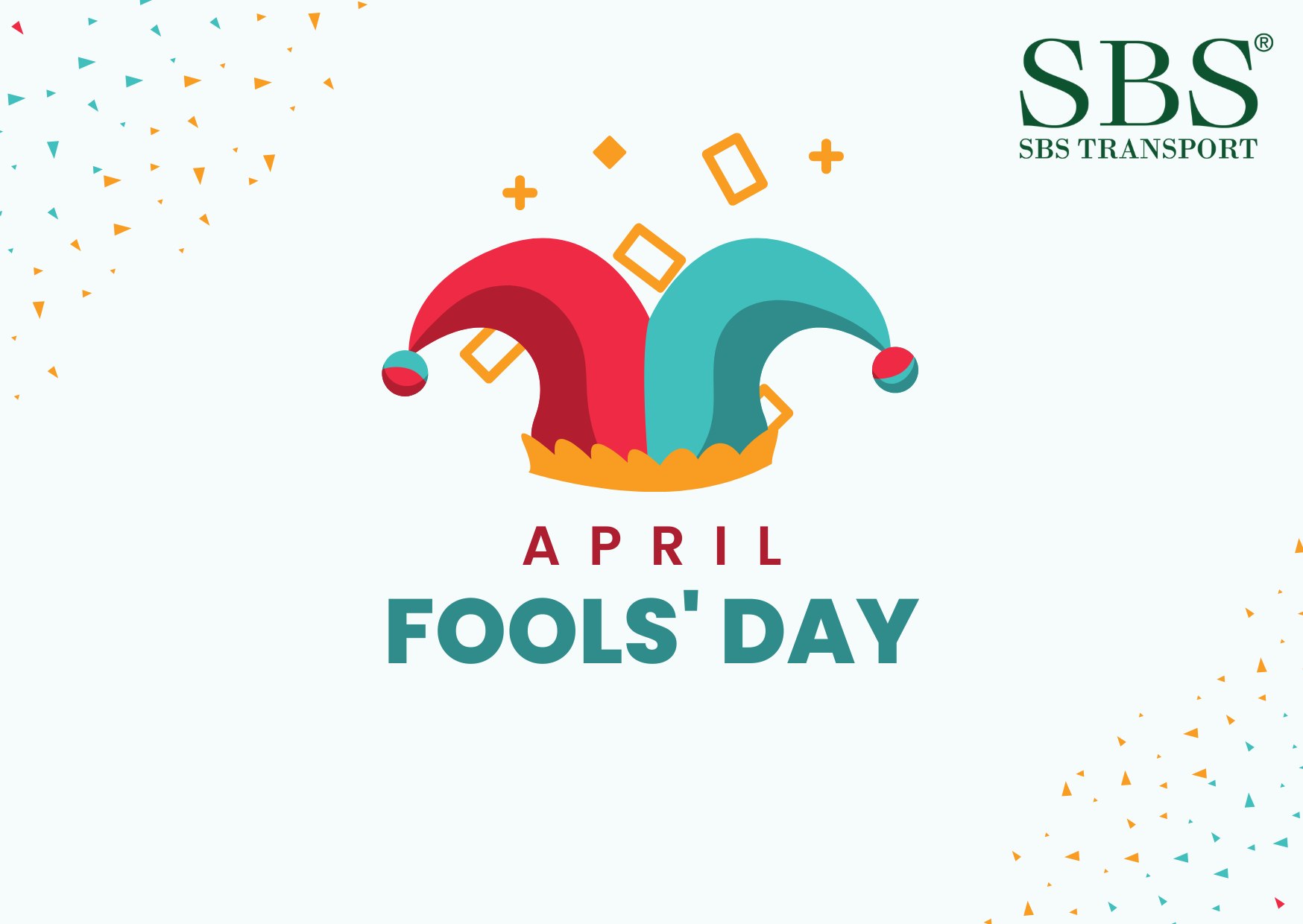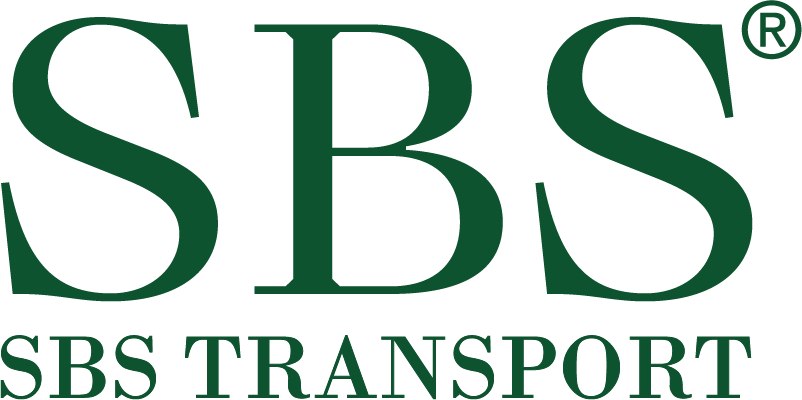Every year on April 1st, people around the world enjoy playful pranks and harmless lies. But have you ever wondered why this day is called April Fool’s Day? Let’s explore its origins, meaning, and the fun traditions surrounding this unique celebration in the article below!
What is April Fool’s Day?
April Fool’s Day, also known as the Day of Lies, takes place annually on April 1st. It is a time when people around the world play pranks or tell harmless lies without fear of criticism. The jokes and hoaxes on this day are usually lighthearted and harmless, meant to bring laughter and joy.

April Fool’s Day is not only popular in daily life but is also widely embraced by organizations, companies, and even major media outlets. They often release fake but amusing news stories to attract public attention. Pranks can be as simple as a small lie between friends or as elaborate as shocking fake news from newspapers and media.
Though it is merely an entertaining tradition, April Fool’s Day allows people to be creative and connect with one another through playful jokes.
Why is April 1st called “April Fish” in some countries?

The term “April Fish” originates from France, with its roots in a 16th-century legend. In 1564, King Charles IX of France changed the New Year’s start date from April 1st to January 1st, following the Gregorian calendar. However, due to limited communication at the time, many people continued celebrating the new year on April 1st. Others, even after learning about the change, insisted on keeping the old tradition.
People who were aware of the new rule began teasing those who still celebrated on April 1st by sending fake New Year’s greetings, giving silly gifts, or playing pranks on them. One of the most popular jokes was sticking a paper fish on someone’s back without them noticing. This action symbolized that the person was like a fish easily caught in a trap—gullible and believing in something untrue.
Over time, this tradition spread and became widely recognized. April 1st became a day dedicated to pranks and was called “Poisson d’Avril” in French, meaning “April Fish.” The name later spread to other languages worldwide.
How is April Fool’s Day celebrated in different countries?
Different countries celebrate April Fool’s Day in unique ways, but the common theme is to create humorous pranks that bring joy.

-
France: The French still maintain the tradition of sticking a paper fish on the backs of unsuspecting friends. When someone realizes they have been pranked, everyone around bursts into laughter. This custom is practiced among families, friends, and even the media, with newspapers publishing fake news to entertain readers.
-
England & the U.S.: In these countries, pranks are usually played before noon. If someone gets tricked after midday, they are considered the “fool” instead. Popular pranks include publishing fake news, announcing non-existent events, or playing practical jokes in workplaces and homes.
-
Scotland: In Scotland, April Fool’s celebrations last for two days. The first day is known as “April Fool’s Day,” while the second day is focused on playing tricks related to people’s backs, such as sticking funny notes on someone’s back without them noticing.
-
Brazil & India: People often spread fake news or play surprising pranks on family and friends. These jokes sometimes go viral on social media, causing confusion but also a lot of laughter.
Additionally, many global corporations participate in April Fool’s Day by releasing fake news stories. Companies like Google, Facebook, and other major brands have staged elaborate pranks that have made the world laugh.
Famous April Fools’ Day Pranks in History
April Fools’ Day is a time when many organizations and individuals create impressive pranks. Some notable examples include:
- BBC and the Spaghetti Harvest (1957): The BBC broadcasted a fake news report about Swiss farmers harvesting spaghetti from trees. Many viewers believed it and called the station to ask how they could grow their own “spaghetti trees.”
- Google’s Tech Pranks: Google is known for its creative April Fools’ pranks. They once announced “Google Nose,” a search tool for smells, and “Google Translate for Animals,” which supposedly translated animal language. Another famous prank was when Google Maps introduced a “Pac-Man mode,” allowing users to play Pac-Man on real maps.
- Burger King’s Left-Handed Whopper (1998): Burger King in the U.S. advertised a special burger designed for left-handed people, which led thousands of customers to visit stores and request one.
- NASA and Zero Gravity Discovery (1976): Astronomer Patrick Moore claimed that on April 1, 1976, a rare alignment of Jupiter and Pluto would temporarily reduce Earth’s gravity. He even instructed people to jump at a specific time to experience “floating.” Surprisingly, many people believed it and called the radio station to share their experiences.
- The Guardian and the Fake Island of San Serriffe (1977): The Guardian published a story about the fictional island nation of San Serriffe, featuring towns named “Bodoni” and “Garamond”—which are actually famous font names.
April Fools’ Day has become a part of entertainment culture worldwide, bringing joy while also reminding people to be cautious about news on this day.
Important Considerations for April Fools’ Day Pranks

April Fools’ Day is a fun occasion for pranks without fear of consequences, but not all jokes are appropriate. Some pranks can cause misunderstandings, emotional distress, or even serious consequences. Here are some key considerations:
Keep Pranks Fun and Lighthearted
April Fools’ Day pranks should aim to create laughter and enjoyment, not discomfort or panic. Certain pranks can negatively affect people’s mental well-being, especially those related to health, accidents, or finances.
-
Avoid Fake Health News: Pretending someone has a serious illness or needs hospitalization can cause real distress, especially for people with heart conditions or anxiety.
-
Don’t Joke About Accidents or Losses: Faking news about accidents or tragedies can cause unnecessary panic and emotional harm.
-
Avoid Money or Job-Related Pranks: Telling someone they lost their job or are in financial trouble can be stressful and damage trust.
Choose harmless, simple pranks that bring laughter without emotional harm. The goal of April Fools’ Day is fun, not hurtful deception.
Avoid Spreading Fake News with Serious Consequences
With the rise of social media, news spreads instantly. If you create a prank involving false news, consider its potential impact. Some fake news can cause widespread panic or even dangerous situations.
-
Don’t Joke About Disasters, Pandemics, or Wars: Fake news about earthquakes, tsunamis, pandemics, or war can cause unnecessary fear. During sensitive times, such pranks can have serious consequences.
-
Avoid Political or Legal Hoaxes: Fake news about policy changes, laws, or government actions can mislead the public and create unnecessary confusion.
-
Don’t Spread Fake News on Media or Social Platforms Without Control: Some companies and individuals have posted ultra-realistic fake news, leading to public confusion and loss of credibility.
Instead of spreading misleading news, consider lighthearted pranks such as changing your website’s design, posting funny edited photos, or introducing an obviously fake but humorous “new product.”
Be Ready to Be Pranked in Return
April Fools’ Day isn’t just about tricking others—you might also become a target. If someone pranks you, take it with a sense of humor. If you dislike being pranked, let people know in advance to avoid uncomfortable situations.
Additionally, if a prank upsets someone, be ready to apologize and explain that it was meant in good fun. Not everyone has the same sense of humor, so don’t force laughter if they don’t find the joke amusing.
April Fools’ Day is a great opportunity to have fun and bond through humor. However, to ensure the day remains enjoyable, always think carefully before pulling a prank. Make sure your jokes are harmless, avoid misunderstandings, and don’t cause distress. When done smartly, April Fools’ Day can be a joyful and memorable celebration for everyone.



